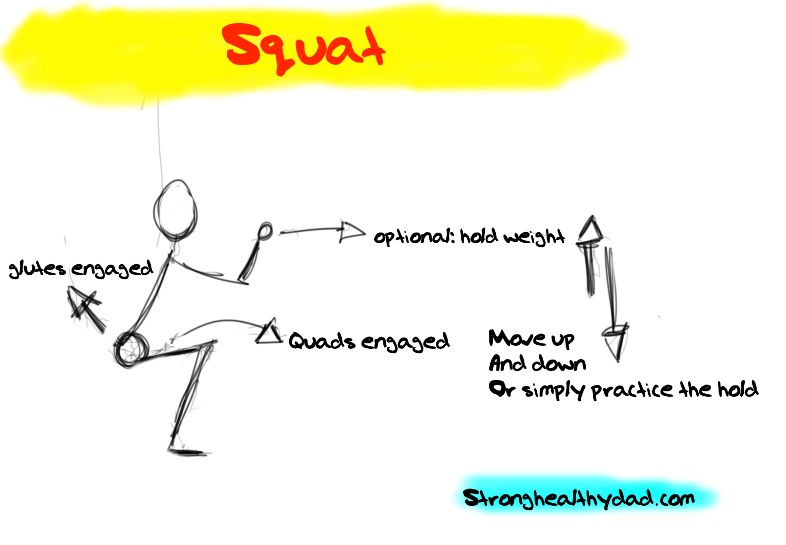The isometrics ultimate guide shows abs, shoulders, arms, back, legs and many more types of isometrics for all muscle groups. The exercises can be used to gain strength, muscle mass, and to recover from injuries.

Strong Healthy Dad is one of my favourite blogs. It's about health and fitness for men. They recently published “The Ultimate Guide To Isometric Exercises”.
This guide is an introduction to isometric exercises for men who haven’t yet tried this form of strength and conditioning that requires minimum equipment. The popularity of home workouts has been steadily increasing during 2020 and with this isometrics guide the team at Strong Healthy Dad aims to offer men the information they need to be able to train at home safely.
The guide starts with a brief introduction on the definition and the history of isometrics training. Then it goes on to explain the different types of isometrics and the benefits associated with this type of training.
Then it goes on to explain in detail 13 different muscle groups that can be targeted with specific holds, overcoming and yielding isometrics. There are multiple illustrations where each position is explained with great level of detail.
What I like about it, is that it explains all the possible benefits and uses of isometrics. I also enjoyed how they broke down isometric exercises by muscle group, along with images and descriptions that made it very easy to understand.
I think that Isometrics are a safe way to train. Due to the nature of the exercises, the muscles and joints are never exposed to more stress than they can handle.
They don’t require any equipment, which is a very significant benefit for people who don’t have access to a gym and want to train from their own home.
Some of the benefits of isometrics is that not only they increase strength and muscle mass, but also they improve mobility and flexibility.
The report shows that when it comes to isometric exercises, form is essential. When using incorrect form, people don’t get the benefits associated with effective strength training. To avoid this, the guide explains each exercise in detail, using lots of descriptions and images.
The guide also explains how to properly perform each exercise and the application to other disciplines and sports, such as Yoga or Martial Arts.
The report states: “Isometrics are a fantastic opportunity to get stronger and healthier in a safe way. You can practice them anywhere and you don’t need equipment. They will keep you injury free and enjoying a great quality of life.”
